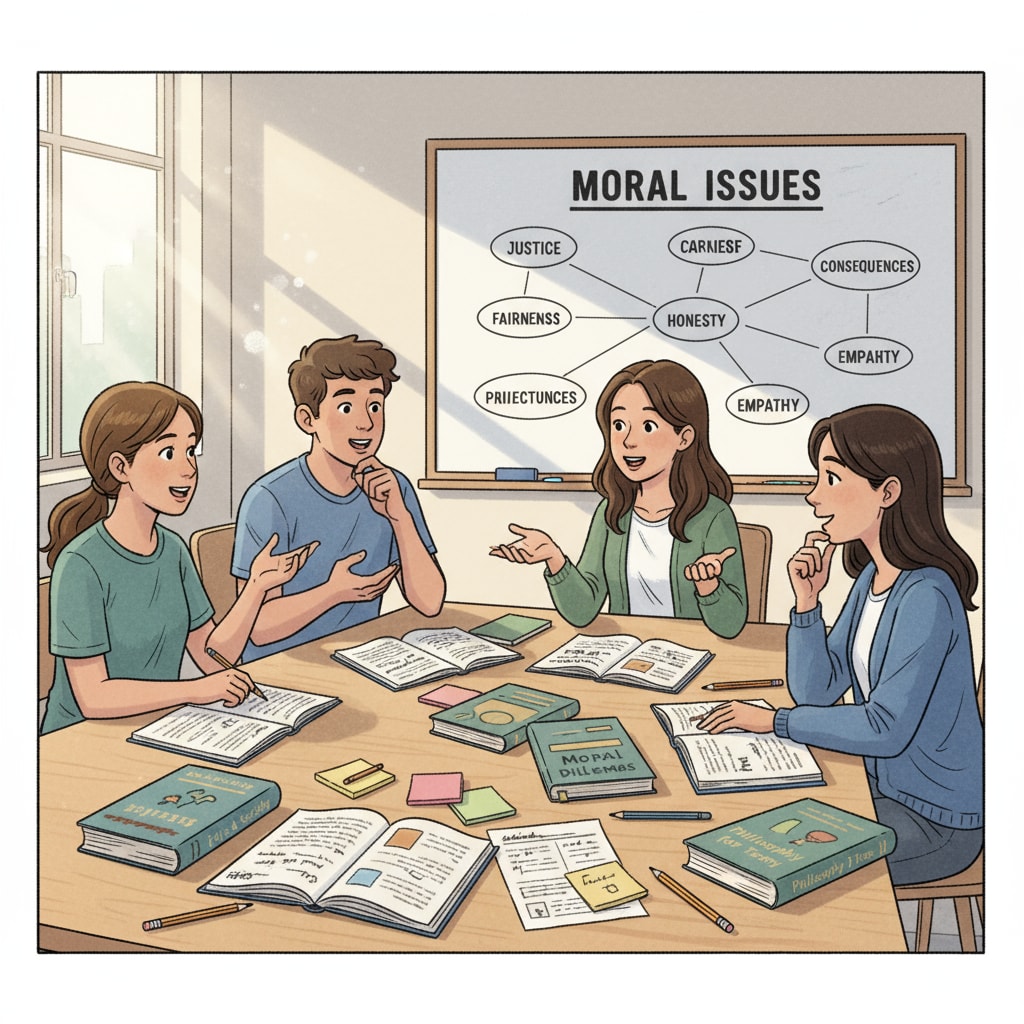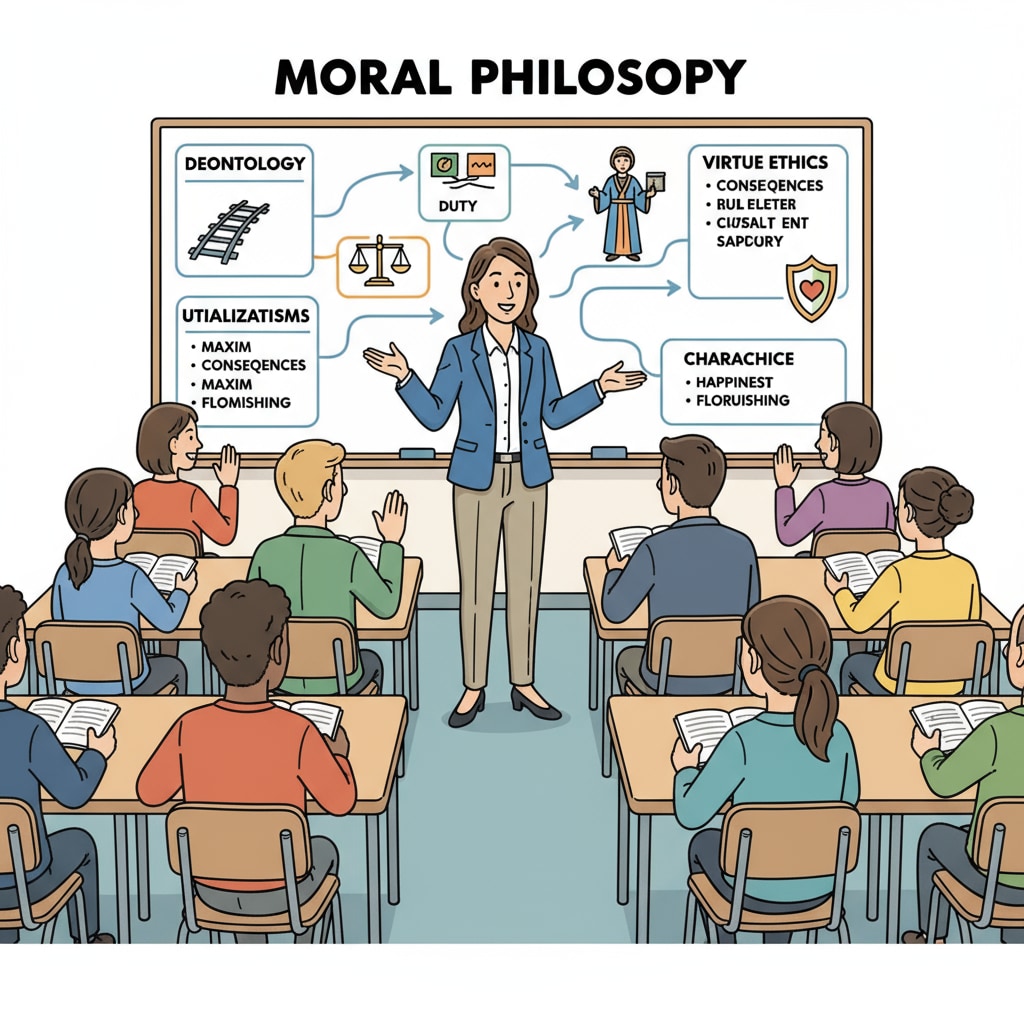Moral philosophy, ethics, empathy, and education are intertwined elements that hold the key to building a more compassionate and just society. In an era where self – centeredness seems to be on the rise, the inclusion of moral philosophy and ethics in the K12 education system has become an urgent necessity. This integration can serve as a powerful tool in cultivating empathetic individuals who will shape the future of our society.
The Current Social Landscape and the Need for Moral Education
Today’s society is characterized by increasing individualism. People are often more focused on their own needs and desires, which can lead to a lack of understanding and concern for others. For example, in online interactions, cyberbullying has become a prevalent issue. This is a clear sign that there is a deficit in empathy among individuals. Empathy on Wikipedia defines empathy as the ability to understand and share the feelings of others. By introducing moral philosophy and ethics in K12 education, we can start to address this problem at its root.

The Role of Moral Philosophy in Shaping Values
Moral philosophy offers a framework for understanding what is right and wrong. It encourages students to think critically about ethical issues. For instance, the study of utilitarianism, a well – known moral theory, teaches students to consider the greatest good for the greatest number. When students are exposed to such theories in school, they begin to develop a more nuanced understanding of moral decision – making. Utilitarianism on Britannica This understanding helps them form their own values and principles, which are essential for empathetic behavior. As a result, they are more likely to consider the impact of their actions on others.

Ethics, on the other hand, provides practical guidelines for moral behavior. By learning about ethical codes in different fields, such as medical ethics or business ethics, students can see how moral principles are applied in real – life situations. This knowledge not only enriches their moral vocabulary but also equips them with the tools to make more ethical choices. For example, in a business ethics class, students might discuss the importance of honesty and integrity in the corporate world. This kind of learning experience can translate into more empathetic and responsible behavior in their personal and professional lives.
In conclusion, integrating moral philosophy and ethics into K12 education is not just an option but a necessity. By doing so, we can nurture a generation of empathetic individuals who will contribute to a more harmonious and moral society. This educational approach has the potential to transform the way we interact with one another and build a better future for all.
Readability guidance: This article uses short paragraphs and lists to summarize key points. Each H2 section provides a clear focus on different aspects related to moral education. The passive voice is used minimally, and transition words like ‘for example’, ‘as a result’ are added to enhance readability.


